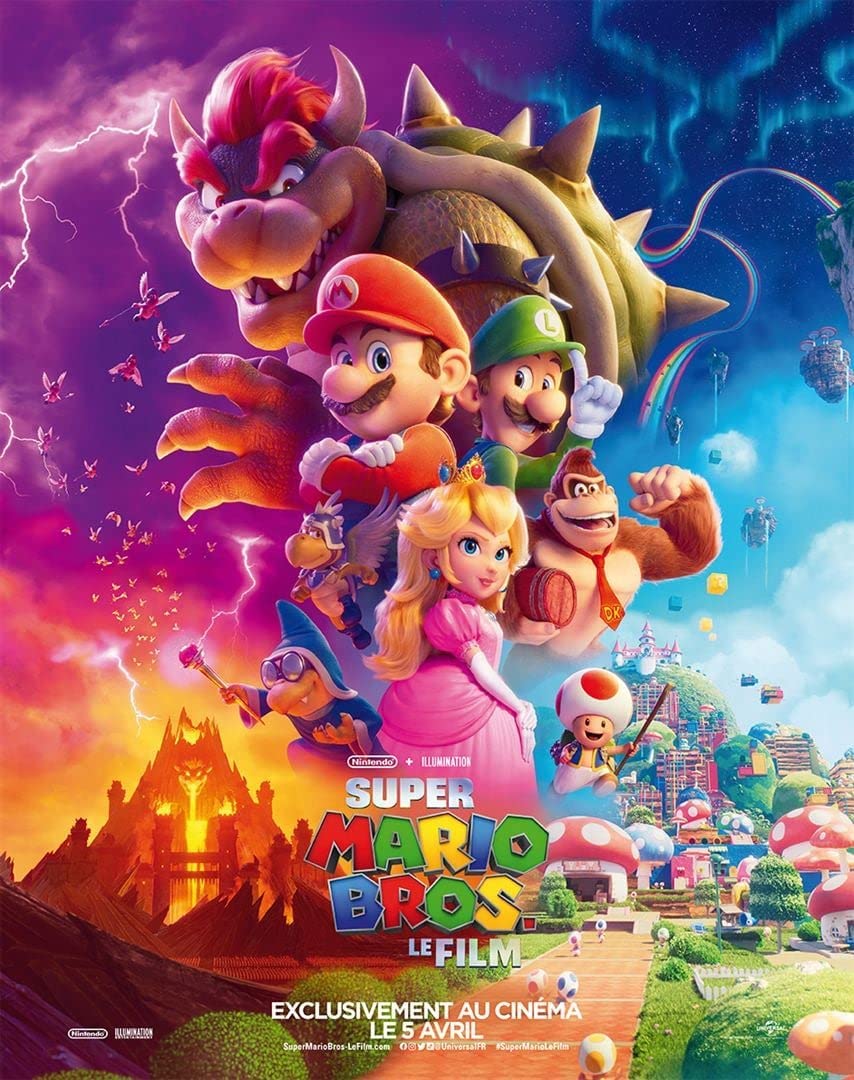We thought we would never see Orson Welles' last film, very long shot and written, but not finished at the death of the director: The Other Side of the Wind is finally finally "finished" so to speak, not by Welles but by Netflix. Editing reworked from the rushes and scenes already shot of the film, the different images, like multiple mise en abyme, form a heterogeneous whole and actually quite complicated to apprehend.
It was the unfinished film, the one that all the admirers of the director of Citizen Kane did not even expect anymore; and yet thirty-three years after the death of Orson Welles, Netflix obtains the rights to the work and finishes the editing of his last work. The screenplay: the end of Jake Hannaford (played by a great friend of Welles, John Huston, and whose name could well refer to the great John Ford), a successful director who presents his latest work among journalists, friends, professors and other paparazzi who flock to a lively and sometimes oppressive crowd.

The Other Side of the Wind is really complicated to apprehend or even impossible to criticize: we do not know where to place ourselves between the finish of the work, the new editing and the rhythm of the images, so that the mises en abyme interlock with each other until a final result quite confused and difficult to identify. Welles himself had thought of his film as complex, as it was shot both in 16mm, 35mm and Super 8, but also in color or black and white. The film adds the plot of Jake Hannaford and the excerpts of his latest film, also titled The Other Side of The Wind, with very (too much?) many different shots. Even the sound is very uneven, and never has an editing seemed so tedious and complex. If the film takes the same scripted construction as the masterpiece Citizen Kane, namely the death of the main character from the first scene and a sequence of sequences that show fragments of his life until the fatal moment, the whole seems much more messy and confused, for a very choppy and chaotic film that can cool more than one.
However, the subject of The Other Side of the Wind is fascinating: criticism of the Hollywood industry and quest for power, we can not help but see in Jake Hannaford a little Welles. With these omnipresent cameras, these colors and this frantic pace, the film seems to betray the director's genre: we rarely find the long and beautiful scenes to which Welles accustomed us, and we are far from declarations of love to cinematographic art, with its tirades and staging that have now become cult.

The great strength of the film lies in the elements that would have made it a great work if Welles had been able to finish his feature film: the crazy charm of the actors (John Huston obviously, but also Oja Kodar, Peter Bogdanovich or Susan Strasberg), the inevitable magnetism of the passages of Hannaford's film and this almost tragic final appeal of a director who feels forgotten.
An inevitable passage for any admirer of Welles' cinema, The Other Side of the Wind finally comes to an end; And yet beyond having to make a critique of this reconstruction, one can not help but wonder if this version does not somehow "steal" the final work of the director, which he perhaps never wanted to finish. This incompleteness would even have conferred a status of eternity to his work, and the wind could have continued to blow on this cinema full of promise and infinity.





















![Sum’One sort la pépite électro Let It Snow et le EP Hello Vera Sum'One - Let It Snow [Official Video]](https://www.justfocus.fr/wp-content/uploads/2024/11/SumOne.jpg)














